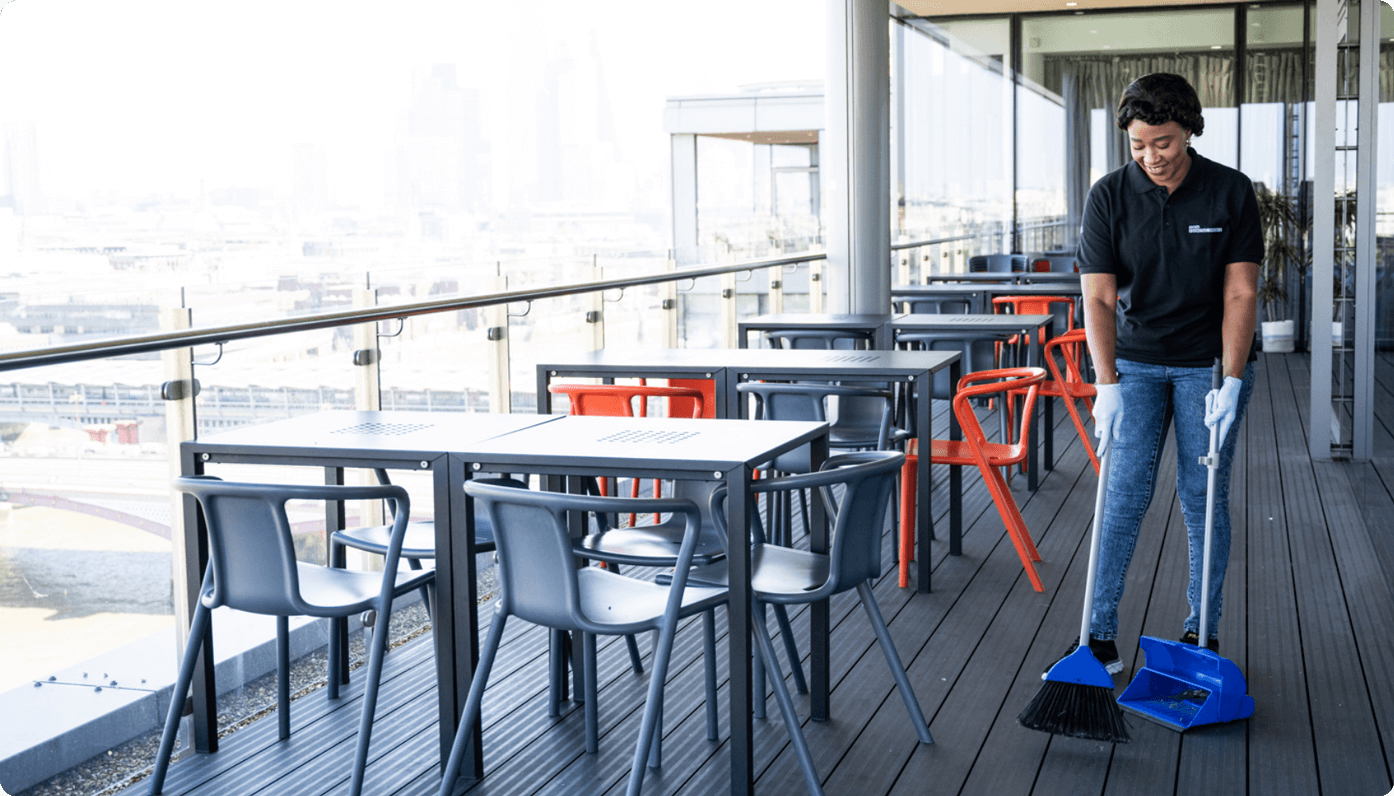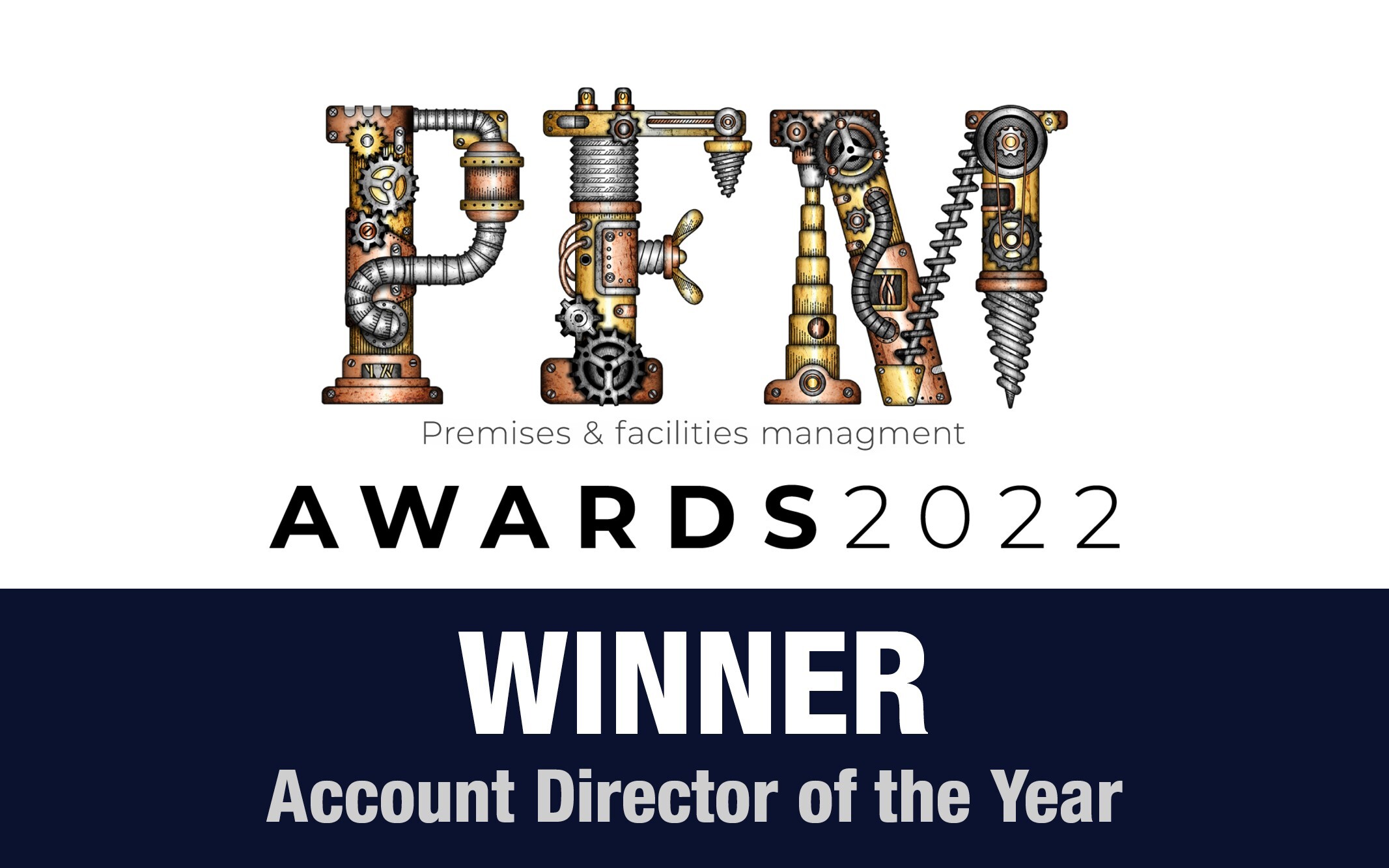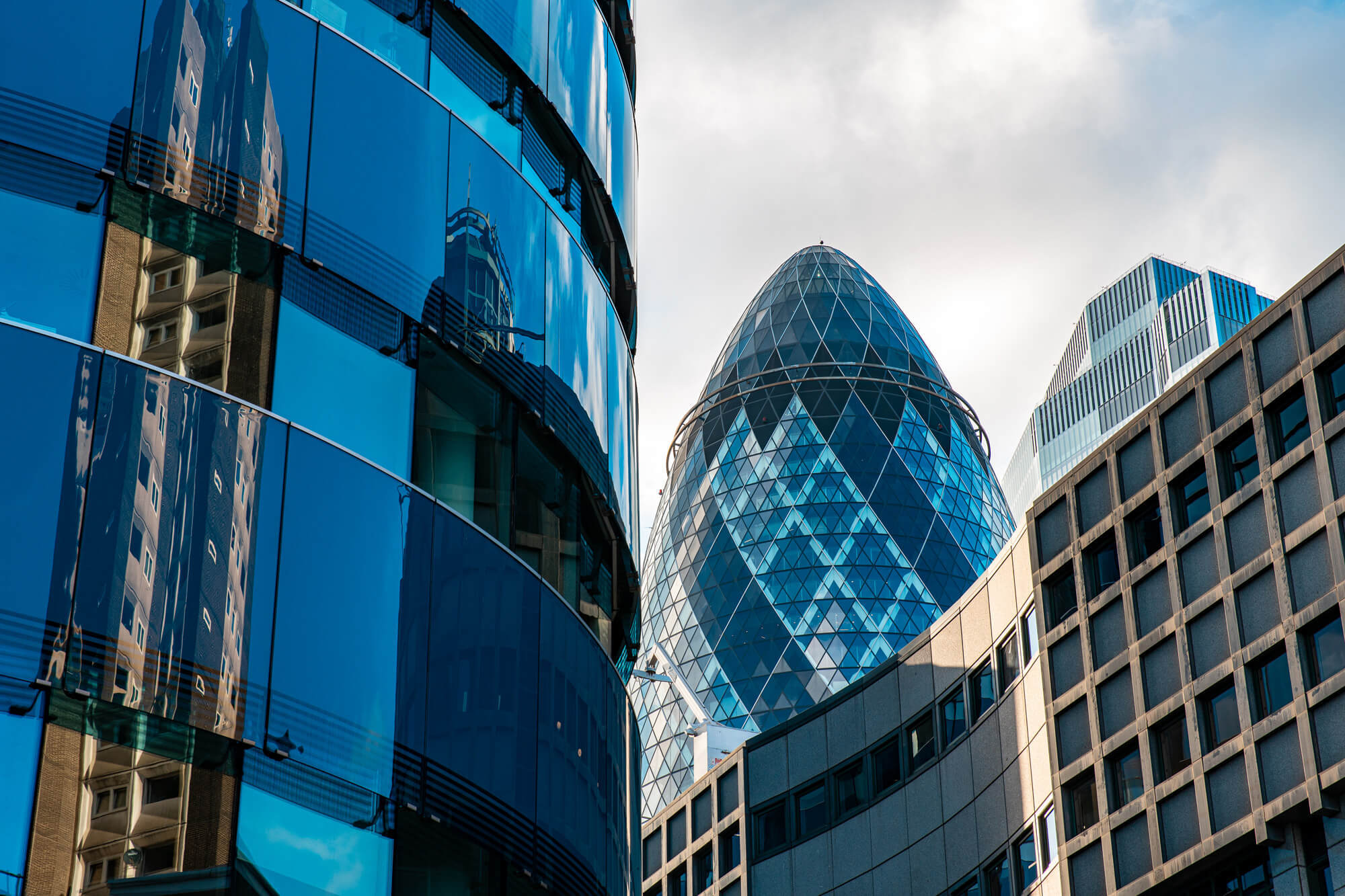





 Building & Fabric Maintenance
Building & Fabric Maintenance

 Mechanical & Electrical Maintenance
Mechanical & Electrical Maintenance



 Events & Lifestyle Services
Events & Lifestyle Services

 Logistics & Office Services
Logistics & Office Services

 Security
Security

 Catering
Catering

 Cleaning & Environmental
Cleaning & Environmental







Small Decencies


Boutique FM


Fully Engaged


Brilliant Basics


Great Experiences


FM Technology


Great People


Advocacy


Right size, Right fit


Promises Delivered





Traditionally, waste and resource efficiency has been overlooked in many workplace settings. You may even only notice the impacts of carbon-intensive practices when reviewing and assessing operating costs in areas like energy consumption or waste management.
Sustainability and circularity are key phrases that have, in the last year, become increasingly more important to the way governments around the world are thinking about the future. The EU like the UK, for example, has been proactive with sustainability initiatives. This is important because increasingly building owners and operators are also creatively looking for ways to reduce carbon emission by maximising the “life” and usefulness of assets. The circular economy, many now believe, is an opportunity to make real sustainable change.
The Circular Economy, Explained
Improving resource efficiency, the Waste and Resource Action Programme (WRAP), offers a definition for the popular idea of a “circular economy”. It’s defined as an “alternative to a traditional linear economy”, or one where resources are finite, uneconomical and often unsustainable over time. That’s because, as WRAP notices, the benefit of the circular economy is how it “transforms our throwaway economy into one where we eliminate waste, circulate resources, and adopt nature-positive, low carbon, resource-efficient systems and actions.”
Replacing the ‘take, make, and dispose’ model of the linear economy, new efforts are being made to focus on renewability of sources, especially when it comes to meeting climate targets that will impact almost every industry.
The Benefits of a Circular Economy
At a glance, the circular economy is about resource rejuvenation and optimising the life of resources between cycles. But it goes beyond that to fulfil wider sustainability goals in relation to the environment. The following are common benefits associated with the concept of circularity:
- Waste elimination
- Improves uptake of environmentally friendly, low carbon energy sources
- Maximises the life and usefulness of resources from one cycle to the next
- Creates healthier lifestyles and better, more sustainable practices
- Creates more jobs
- Helps buildings and industry leaders meet their net-zero contributions under new waste regulations
Examples of the Circular Economy

Key examples of this kind of circularity in practice have affected industries like global food production, plastics, and even clothing and textiles. Where this policy has been piloted, it’s predicted many
more will follow.
From shoe remanufacturing with high profile brands like Adidas to innovative care schemes for airplane engines by Rolls Royce, circular models can be applied to different industries to enhance sustainability and product outcomes. Whilst this model helps manufacturers create innovative, reliable, and upgradable products for the market, it’s also associated with cost savings where products or energy is recycled.
It’s easy to understand how this benefits manufacturers on those in waste management, but how does the circular economy relate to facilities management? Better yet, what can facilities managers learn from focusing on circular models in their own premises and how can they participate?
The Circular Economy and Facilities Management
Facilities managers, especially those managing a portfolio of estates, will have a role to play in the circular economy. Not only will they need to satisfy net zero targets, but operating a cost-efficient building is a top priority. Ultimately, facilities managers oversee a wide range of responsibilities that have the potential to benefit from circularity, including services such as:
- waste
- cleaning
- utilities
- catering
Choosing between disposable supplies and finite resources and sustainable, renewable products, facilities managers can run buildings more efficiently and with cost savings. Reaching a desirable energy performance from your lighting, for example, doesn’t have to come at the expense of paying more for it. Rather, circularity in buildings means facilities managers can think and act more sustainably with how equipment, supplies or energy is being recycled and reused.
Participating in the circular economy may seem, for those who are not manufacturers, more challenging than it is. For facilities managers, you can try the following:
- rent or lease assets and equipment
- look for equipment servicing that can be used to optimise equipment lifecycles
- reuse and redeploy assets like a building’s mechanical systems that are already available (rather than reinvest in new ones)
- reuse assets at the end of their lifecycle
- embrace sustainable cleaning products
- consider sensors that automatically switch lights off
Preparing for a Circular Environment at Work
Circularity and sustainability can be achieved through design if a workplace setting, or environment, captures the right characteristics. Is your office prepared to adapt and change? Are assets and resources brought in with a focus on reuse and recoverability (meaning they can be rescued at the end of life)? Does it emphasise the use of low-carbon, non-toxic supplies?
Your facilities management team will provide the answers to these questions, along with operating a building’s space and managing how it gets used by daily visitors and occupants. The challenges of cost-efficiency, sustainability and lowering carbon emissions will largely be addressed by your FM team.
Currently, figures suggest that, on average, a commercial buildings lifecycle will reach approximately 50 years, with planned refurbishments periodically every 10-30 years. The issue is how costly repairs and replacements are in comparison to reused and redeployed assets, where circularity can help to lower longer term costs by reusing energy, supplies, and equipment wherever possible.
Why Adopt to the Circular Economy?
The benefits of a circular economy in facilities management can mean lowered costs, reduced wastage, and fewer carbon emissions. This means making economic savings through the reuse and recovery of assets, equipment and energy; a building can more quickly and effectively answer its corporate responsibility to reduce carbon footprints amid tightening regulations; and overall waste is minimised as resources get brought back to life in creative ways.
Facilities managers have a unique position in influencing the sustainability of a building. Taking ownership over its daily operation and performance, your facilities management team will not only strive to achieve a financially and socially rewarding sense of sustainability for a premise, but look to foster a better, healthier building experience.
Sustainable Facilities Management with Anabas
At Anabas, we work in partnership with our clients to form a strategy and sustainability plan to identifying any non-sustainable practices and opportunities for our clients so they can become more circular with resources, building usage and ways of working.
Our specialists at Anabas are currently working with several different clients to create more sustainable settings at work. To find out how we can help you with this, please get in touch.



















